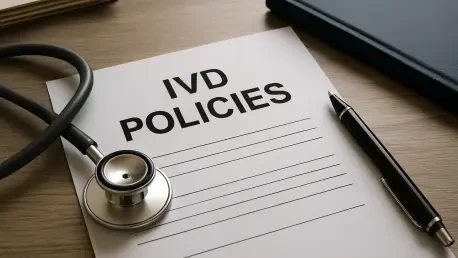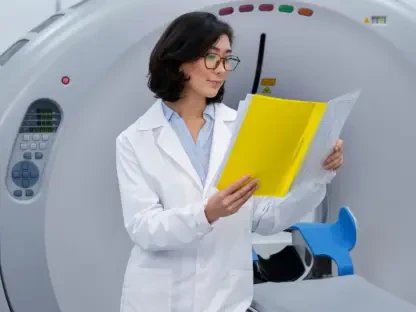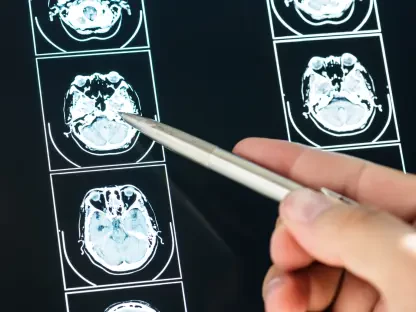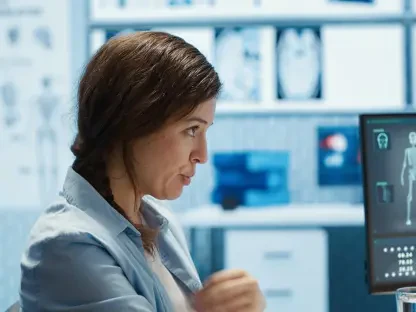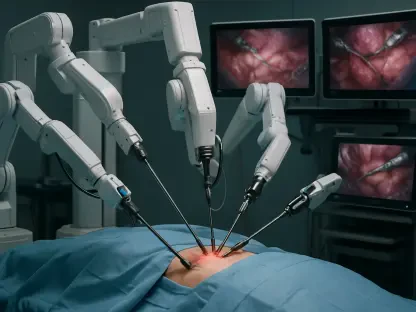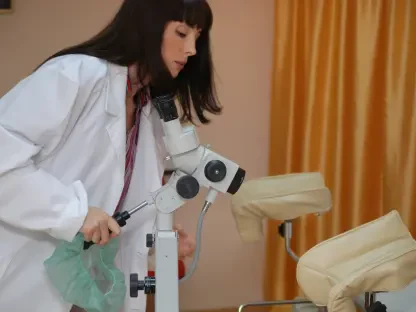In a landscape where public health crises and legal battles shape regulatory frameworks, the U.S. Food and Drug Administration (FDA) has recently made significant strides in refining its approach to in vitro diagnostic (IVD) tests. These updates come at a critical juncture, as the demand for rapid and reliable diagnostics continues to grow amid unpredictable emergencies, while courtroom decisions challenge the scope of regulatory oversight. The FDA’s dual focus on flexibility during declared emergencies and responsiveness to judicial rulings highlights a delicate balance between ensuring public safety and adapting to external constraints. This evolving dynamic not only impacts manufacturers and healthcare providers but also underscores the broader complexities of regulating diagnostic technologies in a fast-paced environment. As the agency navigates these challenges, its latest policies aim to address urgent health needs without compromising on the integrity of testing standards, setting a precedent for future regulatory adjustments.
The guidance on enforcement discretion for unapproved IVDs during emergencies reflects a pragmatic stance. Under Section 564 declarations, the FDA evaluates several factors to determine whether to relax enforcement for manufacturers offering unapproved tests. Public health necessity takes center stage, with the agency assessing the availability of authorized diagnostics and the urgency tied to a disease’s characteristics, such as its spread and severity. The potential benefits of swift testing access are weighed against risks like inaccurate results, while considerations also include manufacturing capacity and the presence of alternative approved tests. Mitigation measures, such as a manufacturer’s track record or involvement in initiatives like the National Institutes of Health’s Rapid Acceleration of Diagnostics (RADx) Tech program, further inform these decisions. Importantly, the FDA commits to ongoing reassessment throughout an emergency, ensuring that policies remain aligned with shifting health demands and emerging data.
Navigating Legal and Regulatory Shifts
Another pivotal development stems from a recent court ruling that prompted the FDA to rescind the Laboratory Developed Tests (LDT) Rule. Following a decision by the United States District Court for the Eastern District of Texas, the agency revised the definition of IVD devices under federal regulations to revert to its prior language, effectively nullifying the earlier rule that sought to classify LDTs as medical devices under strict oversight. This rollback, however, leaves ambiguity in its wake, as the court’s ruling did not clearly delineate which laboratory tests fall outside the statutory definition of a medical device. Such uncertainty poses challenges for stakeholders seeking clarity on compliance and regulatory expectations. Looking back, the FDA’s response to this legal constraint demonstrated a necessary retreat, but it also highlighted the tension between the agency’s intent to expand control over diagnostics and the boundaries imposed by judicial oversight. Moving forward, resolving these gray areas will be crucial for establishing a consistent framework that supports innovation while safeguarding public health.
